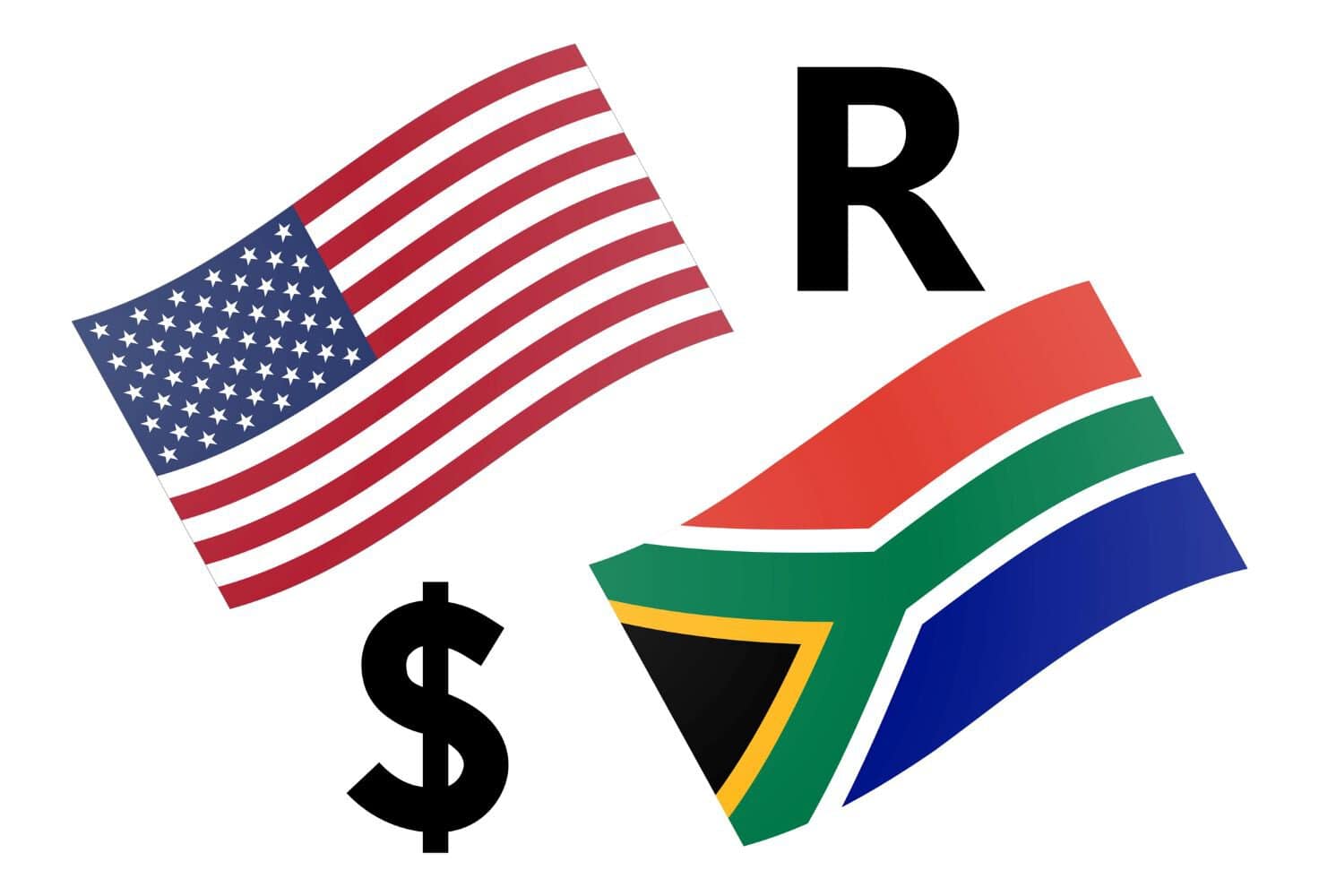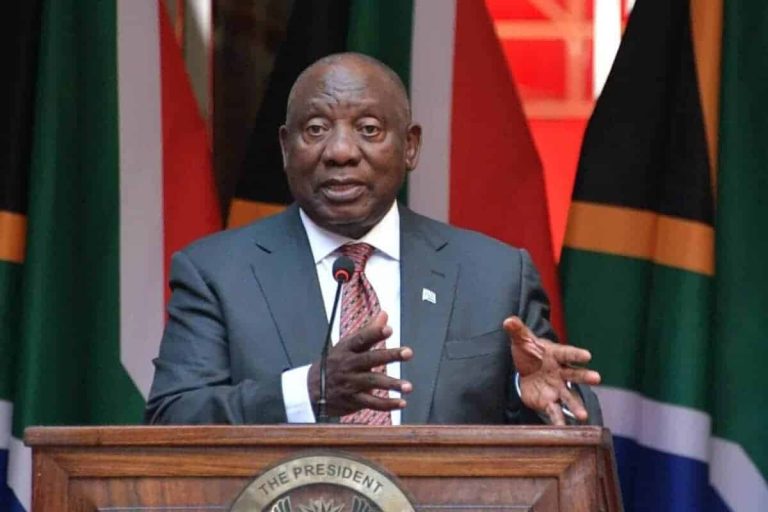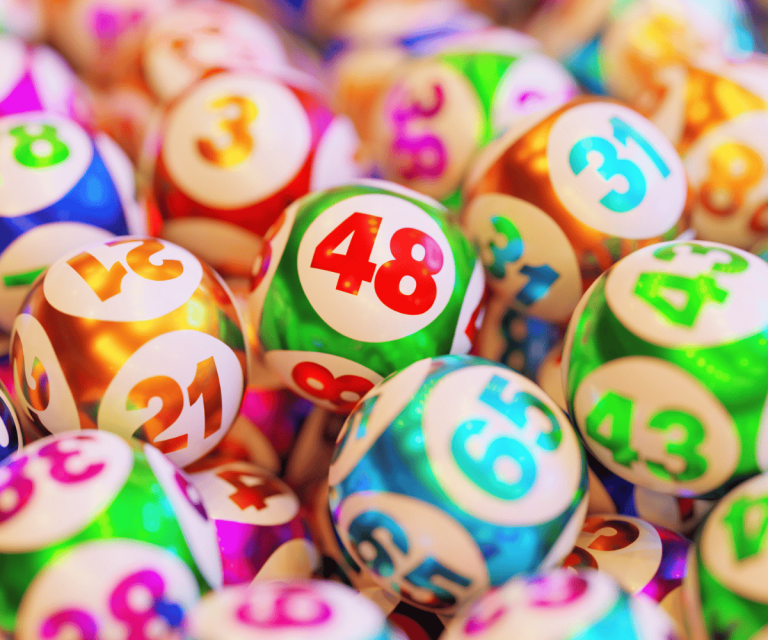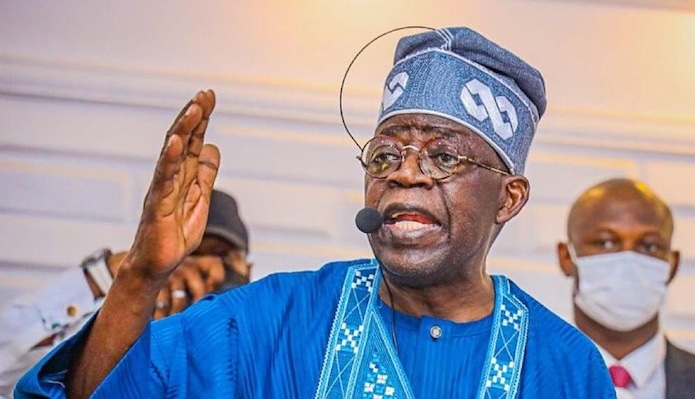
It was only six months ago that the rand seemed to be in freefall. Consumers and economists alike did not have much hope for it.
In April, during the tariff-driven sell-off, it nearly breached R20 to the US dollar. But by early October, the rand was trading near R17 – its strongest point in more than two years.
For a currency that often serves as the world’s favourite shock absorber, the rand’s turnaround has been remarkable, portfolio manager at Foord Asset Management Rashaad Tayob says.
Is it because the rand is so strong or because the dollar is so weak? Tayob points out that the rand’s rebound began as part of a global retreat from the dollar. “The greenback fell about 7% in the second quarter as investors started to price in rate cuts by the US Federal Reserve.
“But the story has since become more local. Since midyear, the dollar steadied while the rand continued to climb, supported by foreign inflows into emerging markets and a powerful rally in gold and platinum prices.”
ALSO READ: Where will the rand go?
Rand outperformed even commodity currencies
Over the past quarter, the rand outperformed most emerging-market peers and even commodity currencies such as the Australian dollar. For once, Tayob says, South Africa’s high real yields and trade surplus combined with improving risk sentiment to support the currency rather than punish it.
“The rand’s recovery also played out against a broader backdrop of doubt about the world’s paper currencies. Gold surged past successive records, such as its first $3 000, then $4 000 an ounce, as investors hedge against the erosion of value in fiat currencies.
“The BRICS bloc, led by China, has been diversifying reserves into gold, prompting renewed talk of a future alternative to the dollar-based system.”
Tayob points out that increasing government debt across developed economies supported that narrative. “With little sign of fiscal restraint and central banks now cutting rates, investors are questioning how long fiat currencies can hold their value.
“Long-term bond yields in the US rose even as policy rates fell, a subtle signal of unease about inflation and debt sustainability.”
ALSO READ: SA has only 24 to 36 months to escape economic stagnation in face of US tariffs
What the stable rand means for investors
What does all this mean for investors? Tayob says the April sell-off was revealing. “For decades, the dollar strengthened whenever global markets turned risk averse. However, this time, both risk assets and the dollar fell together, a sign that investors are beginning to look elsewhere for safety.”
He says in the short term, caution is warranted after such a sharp rally in the metal and persistent bearishness on the dollar.
“A tactical holding in US currency still makes sense. But, over the long run, diversification across currencies and into real stores of value like gold will remain essential for protecting wealth in a world where money itself is being quietly revalued.”



